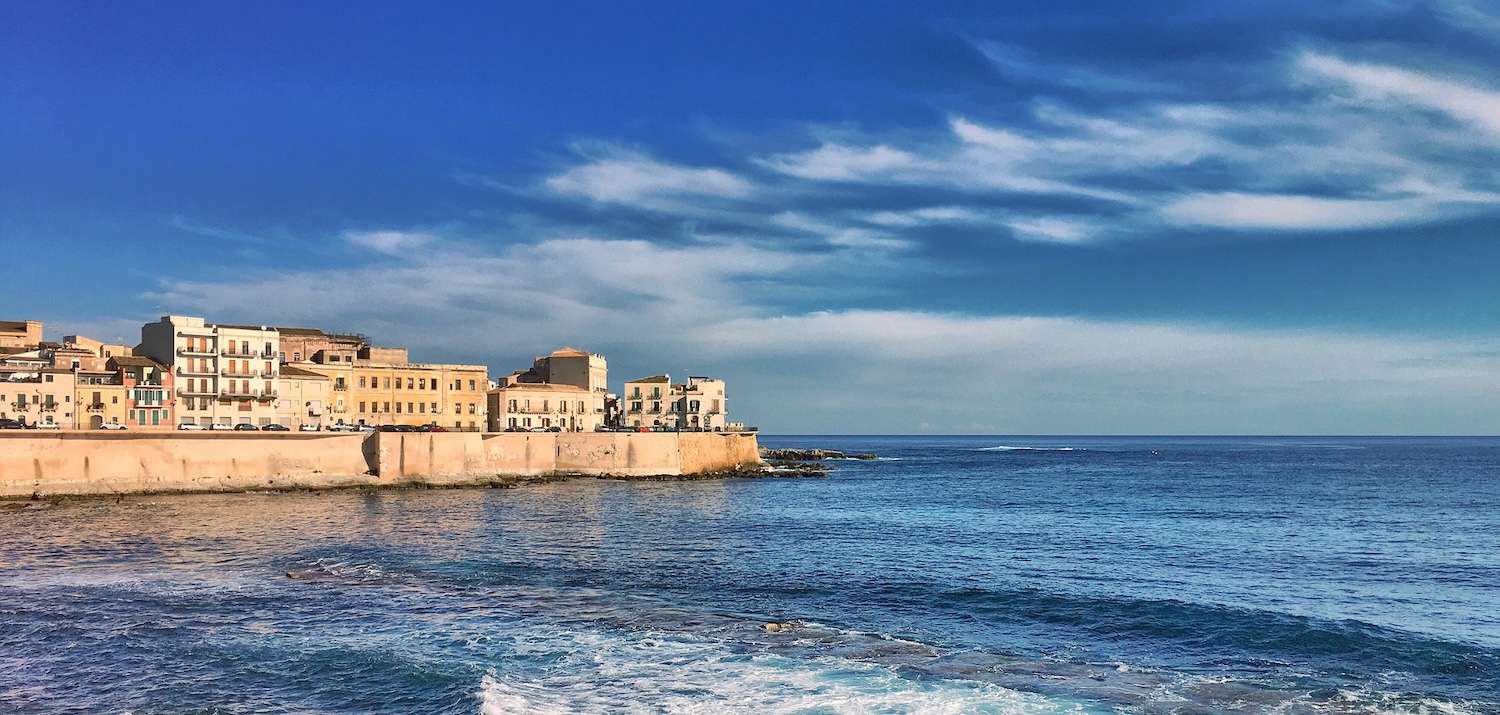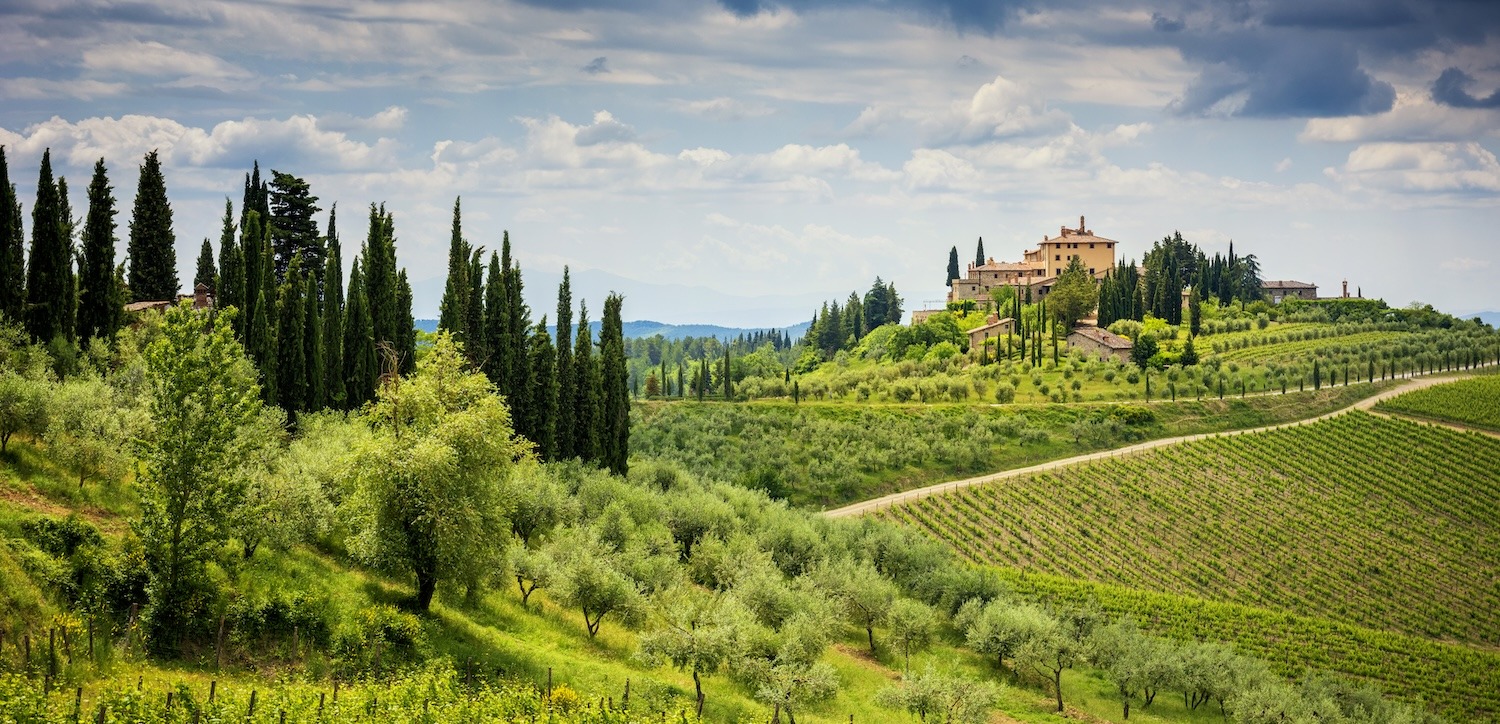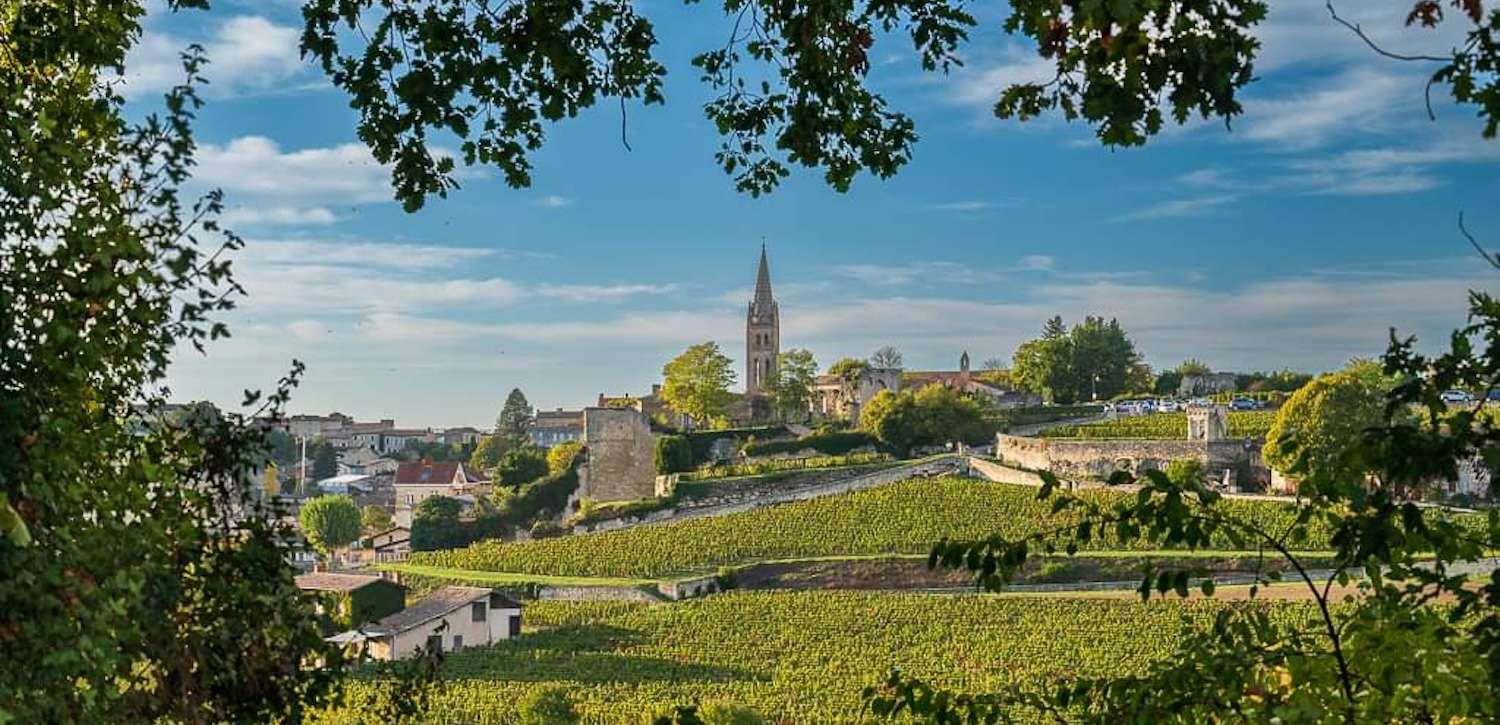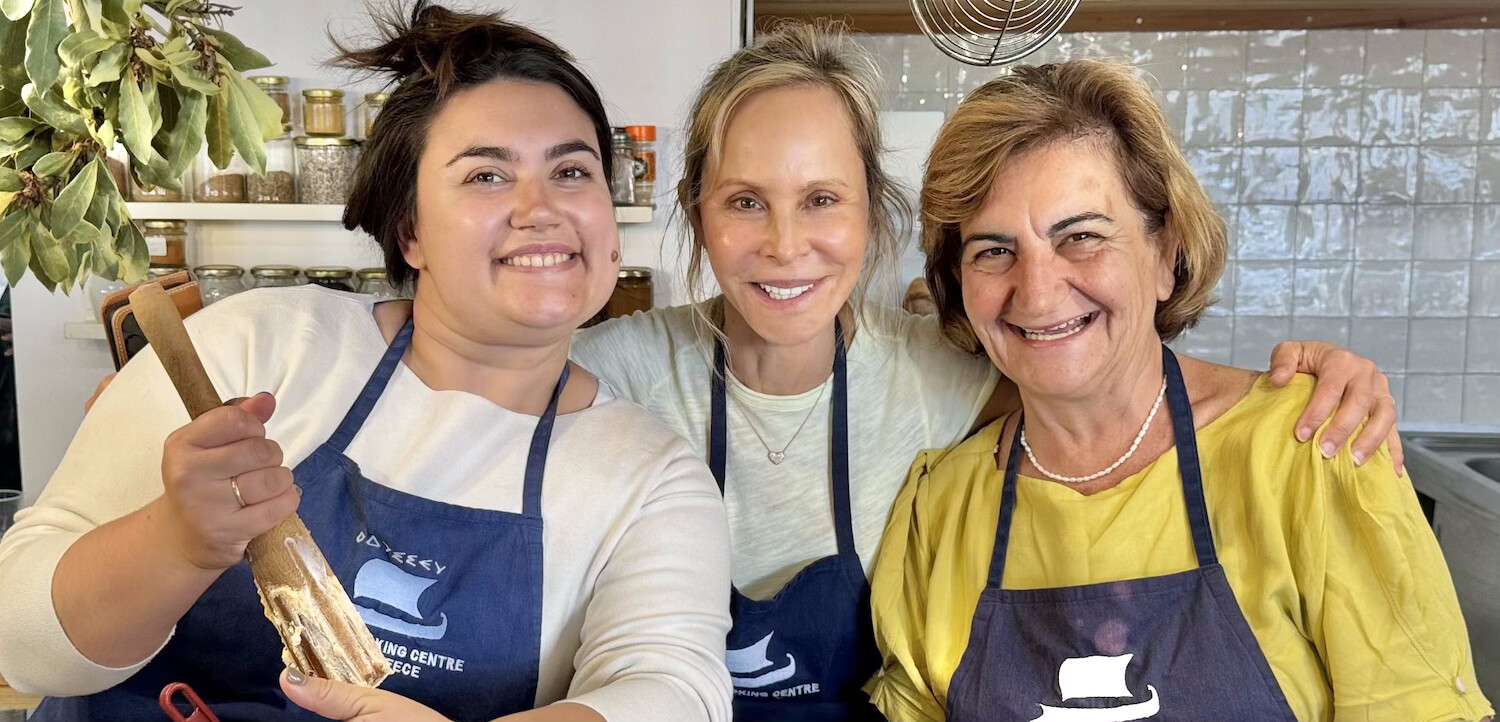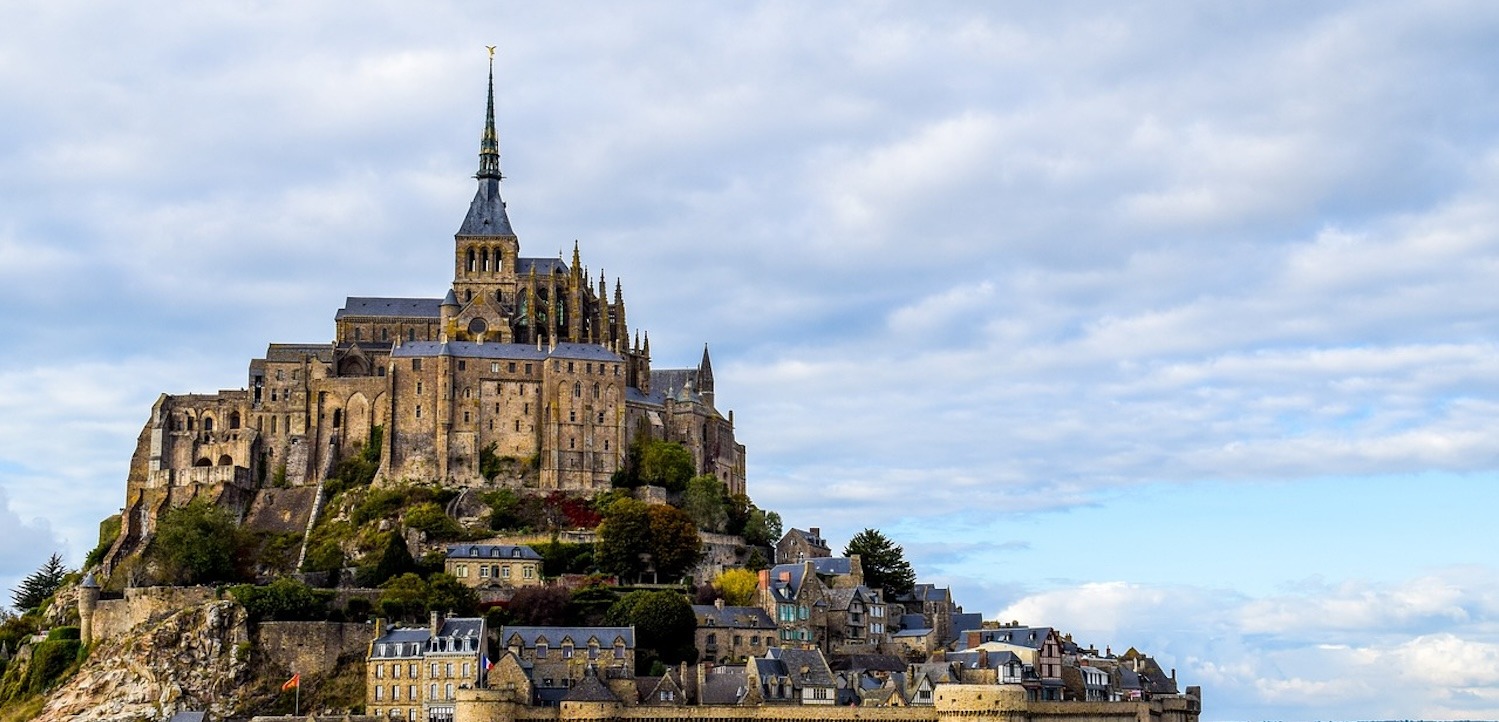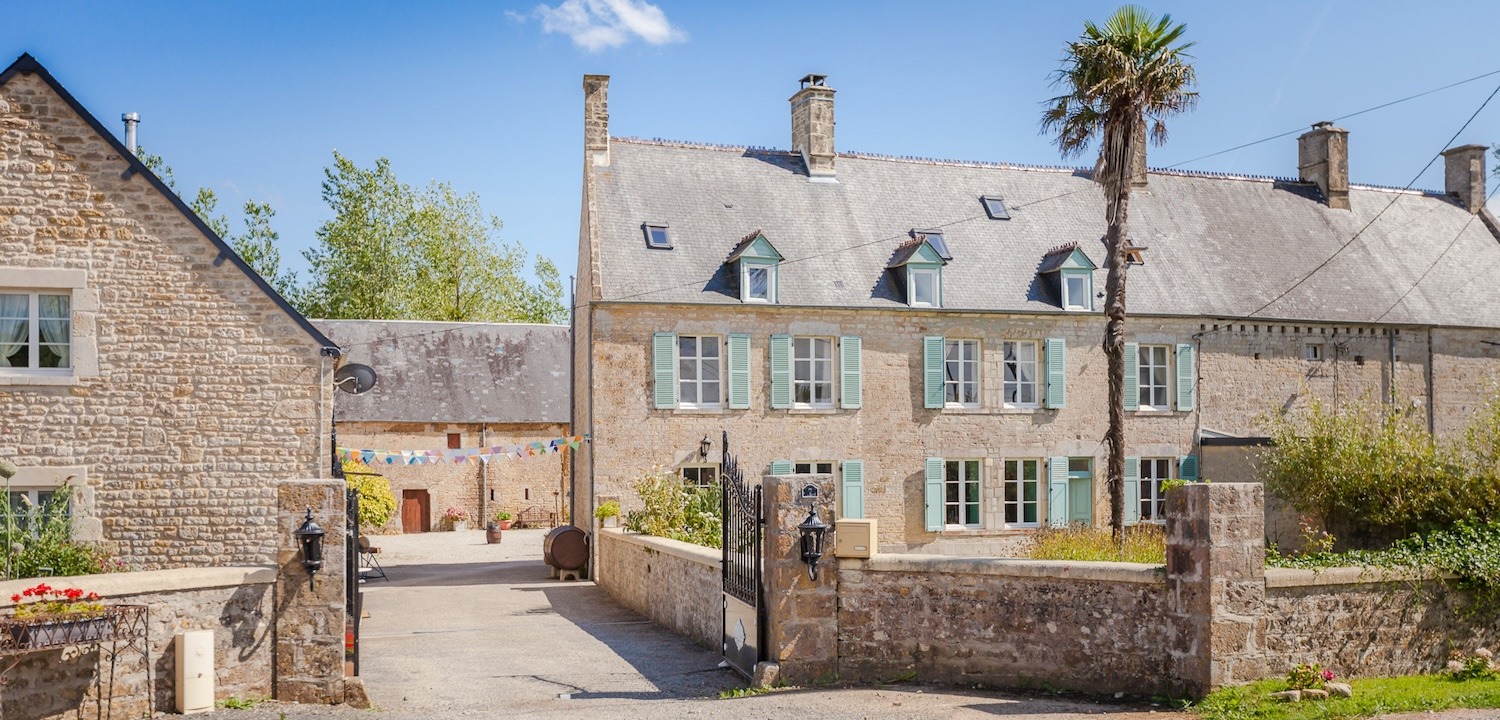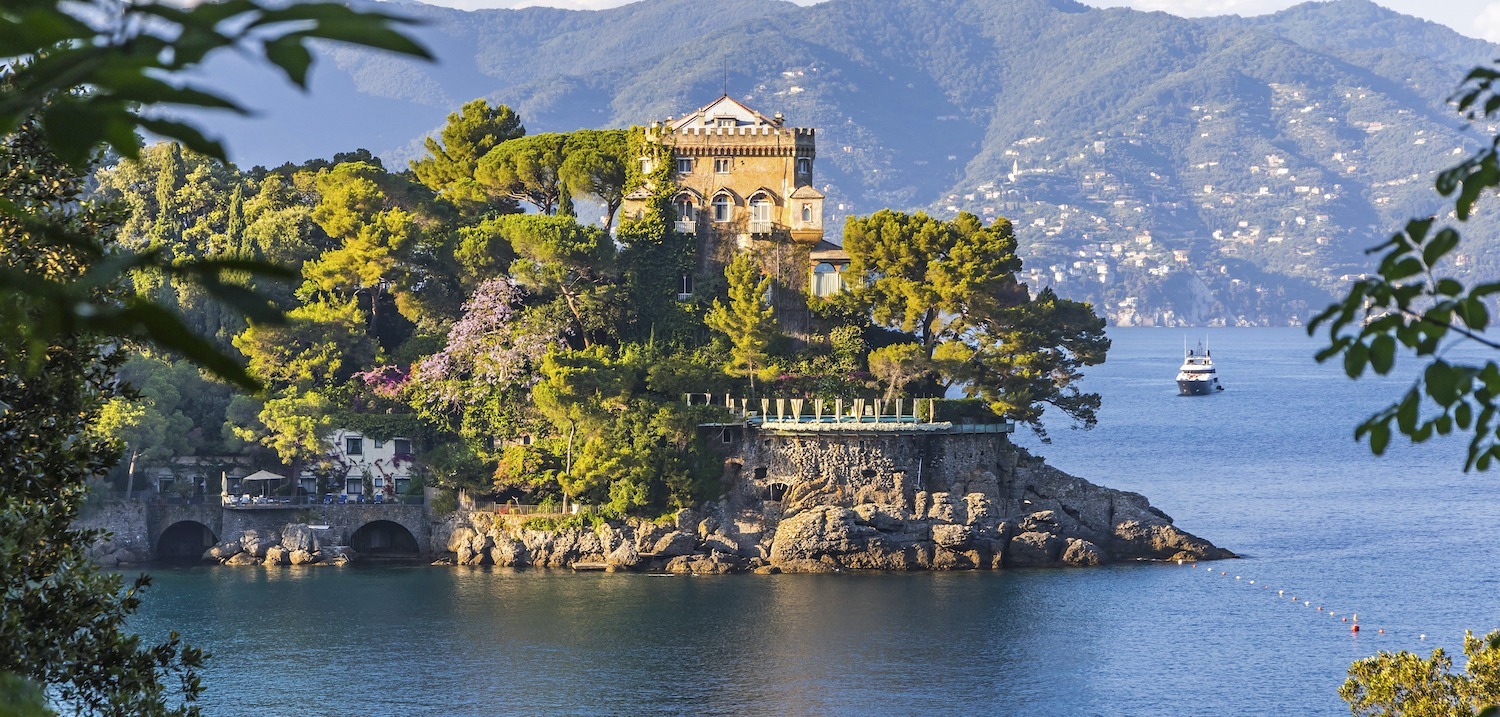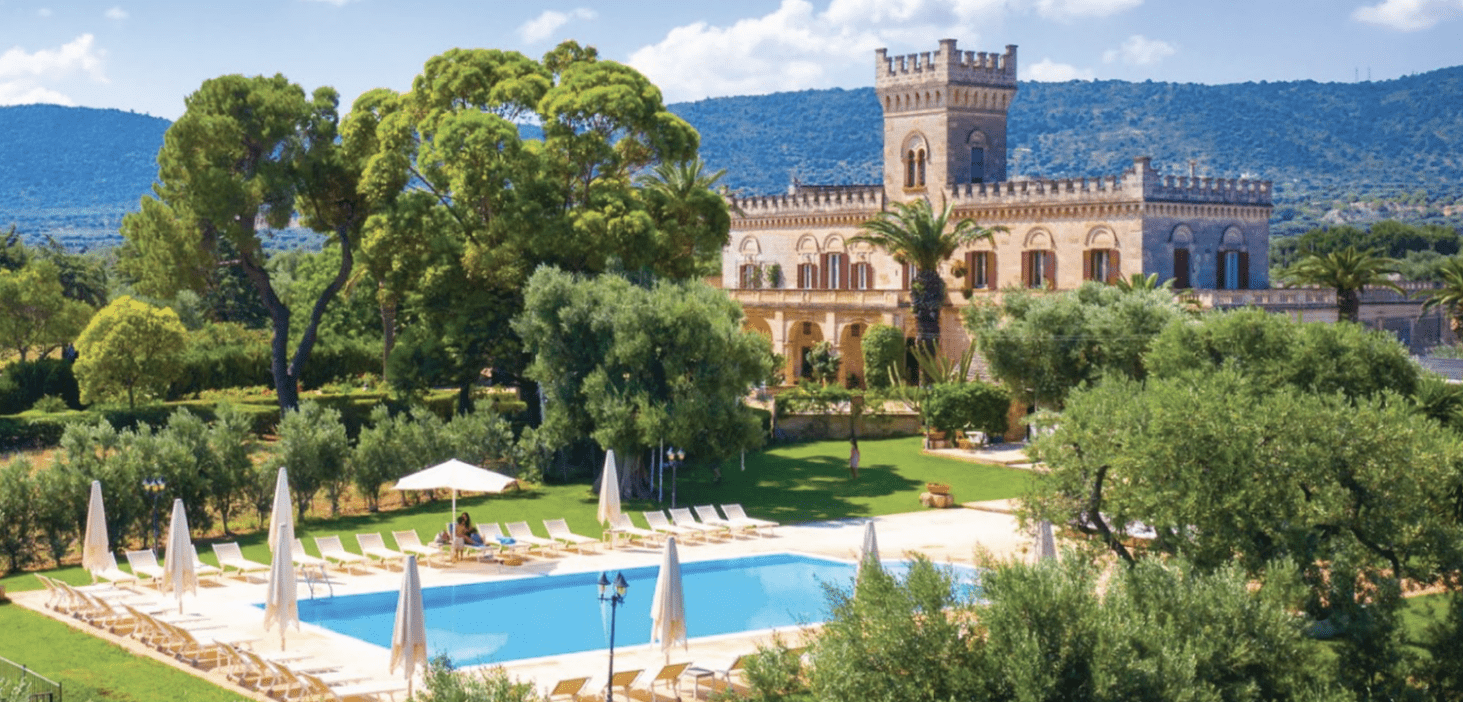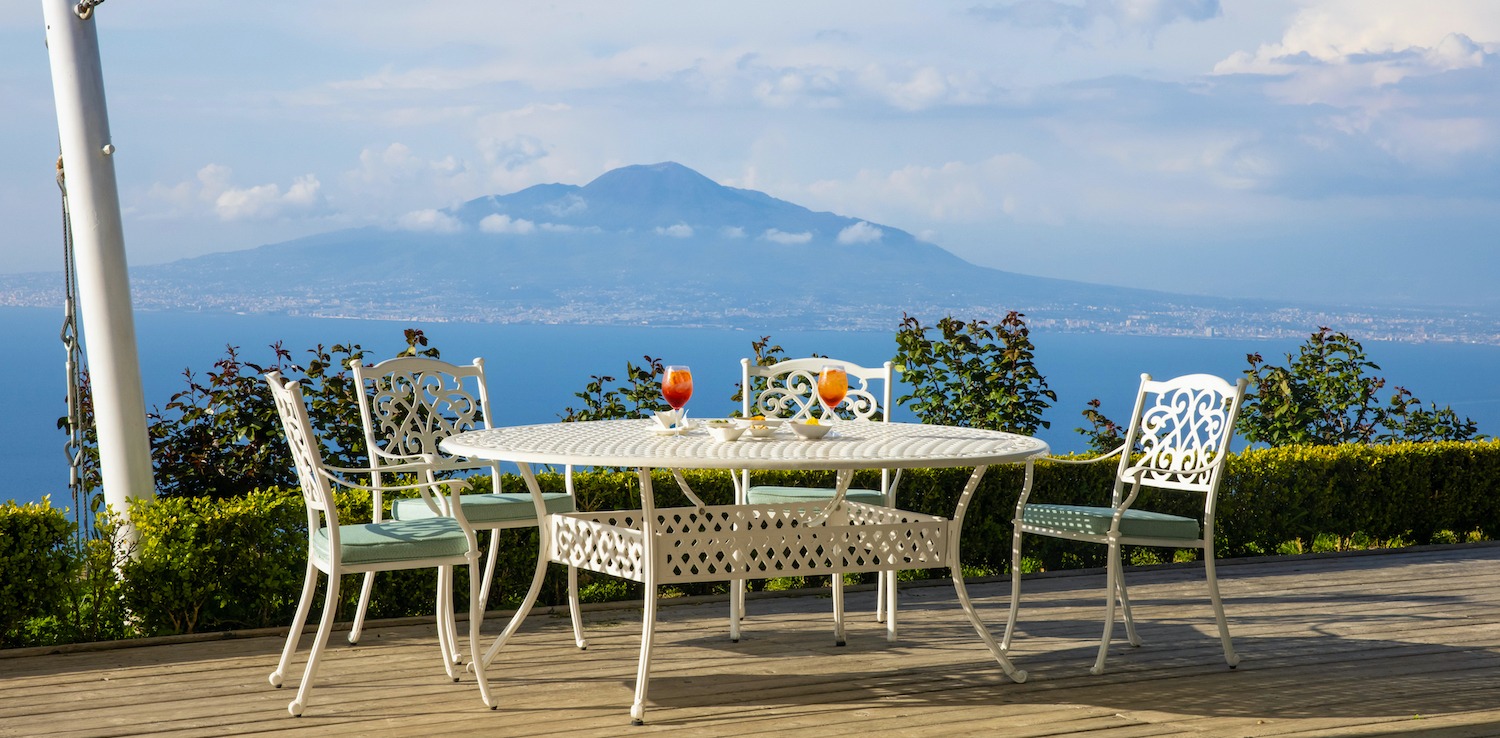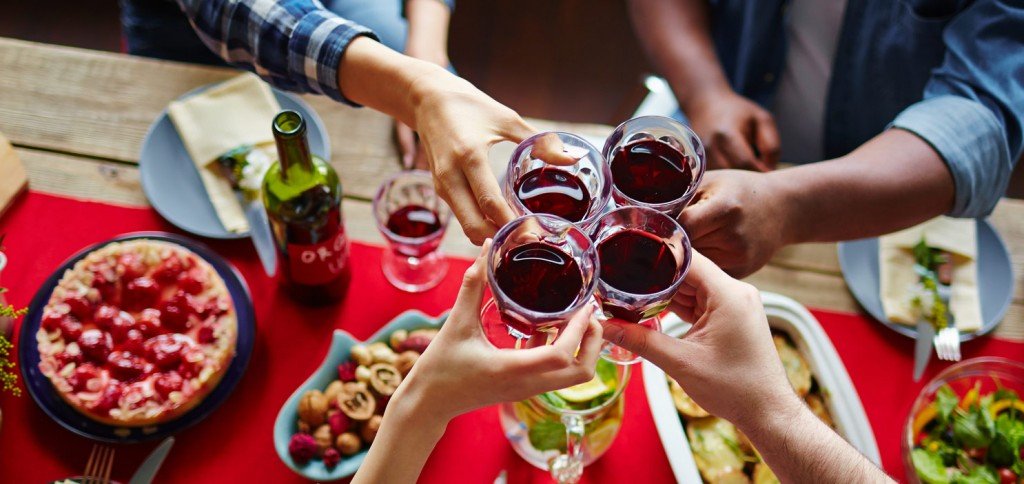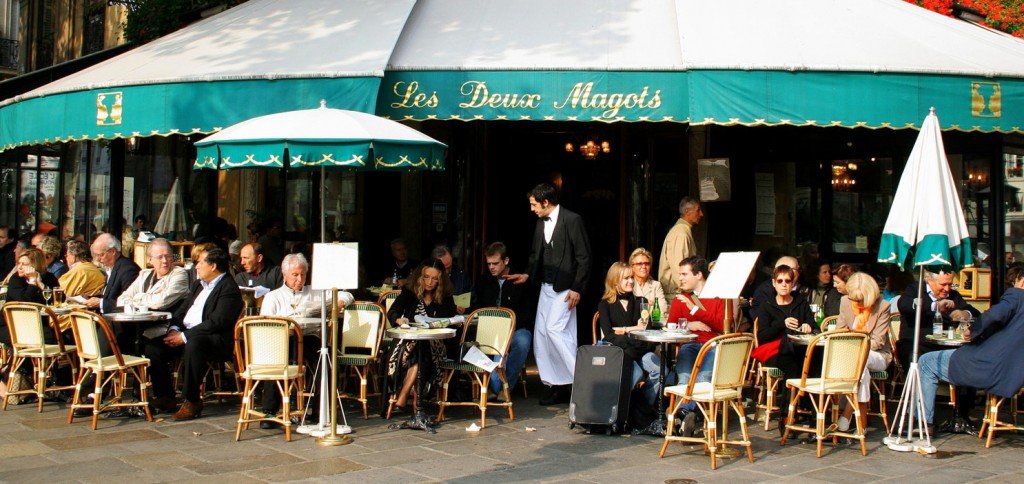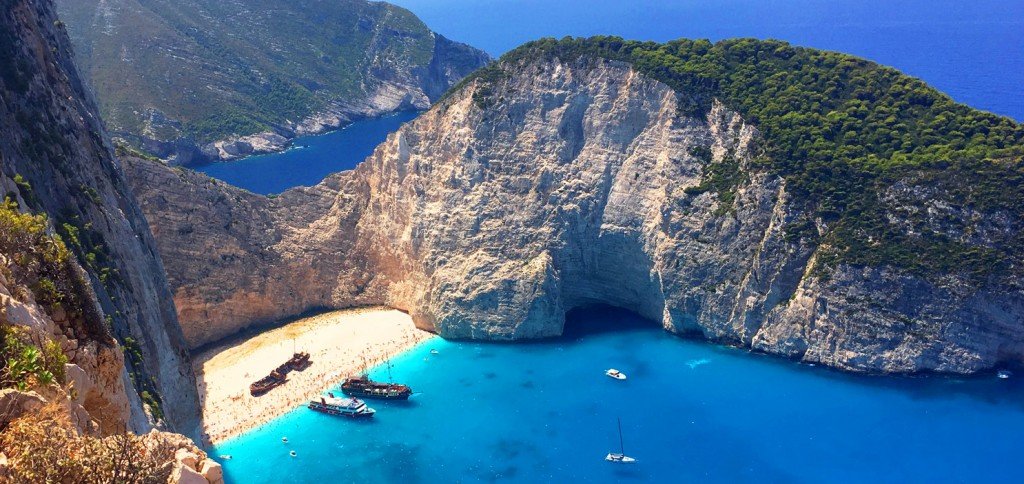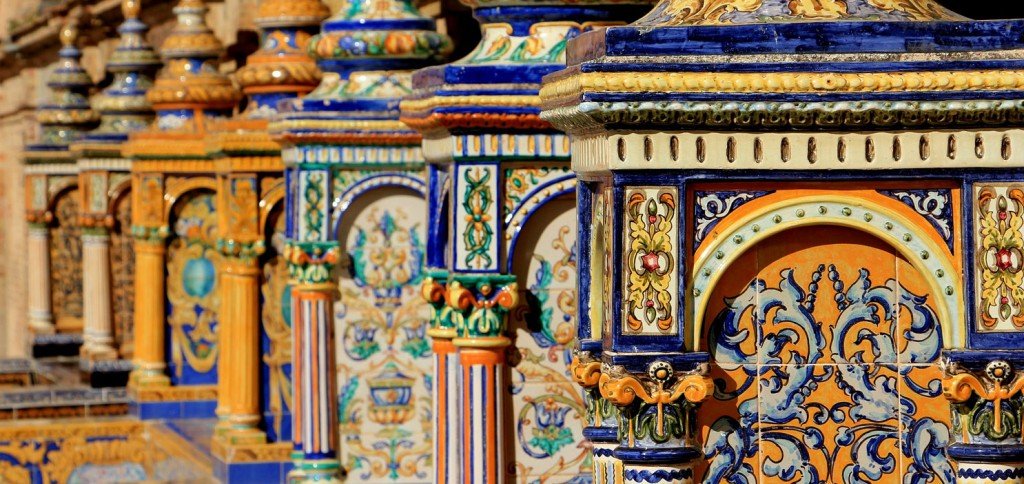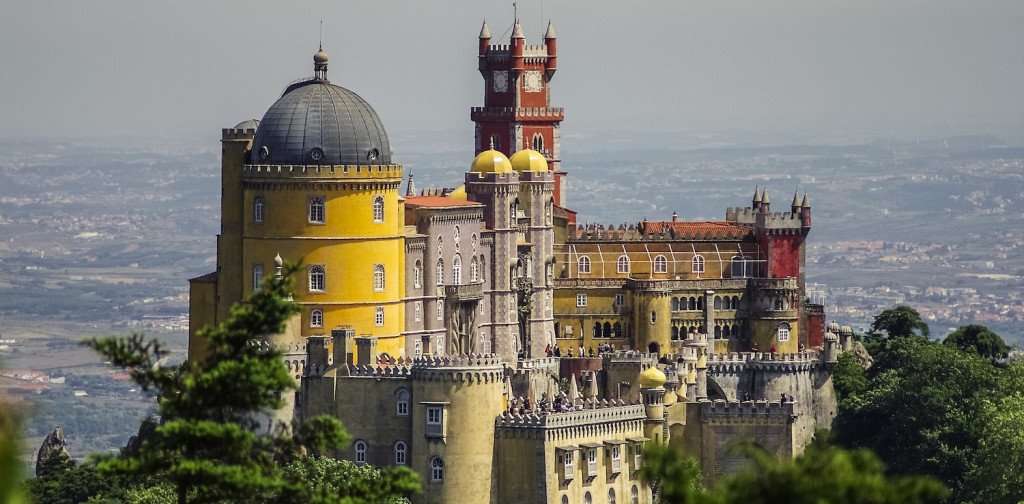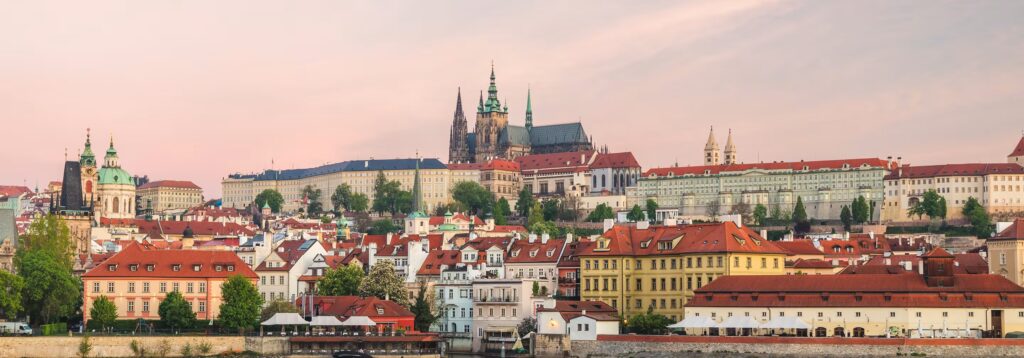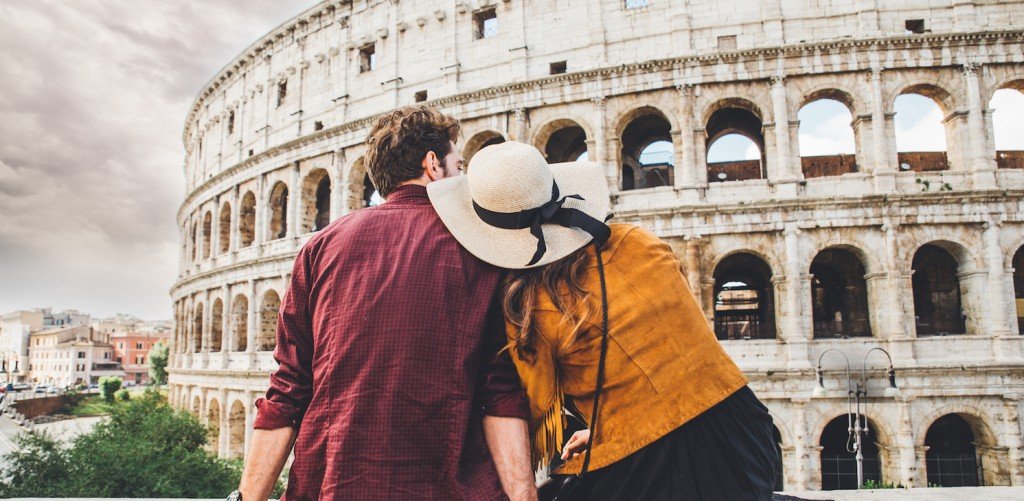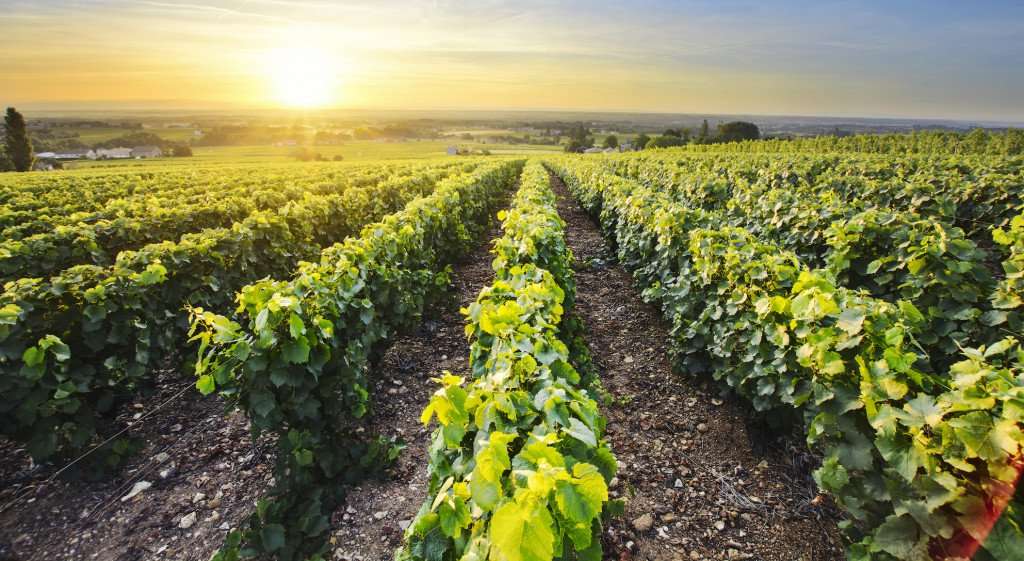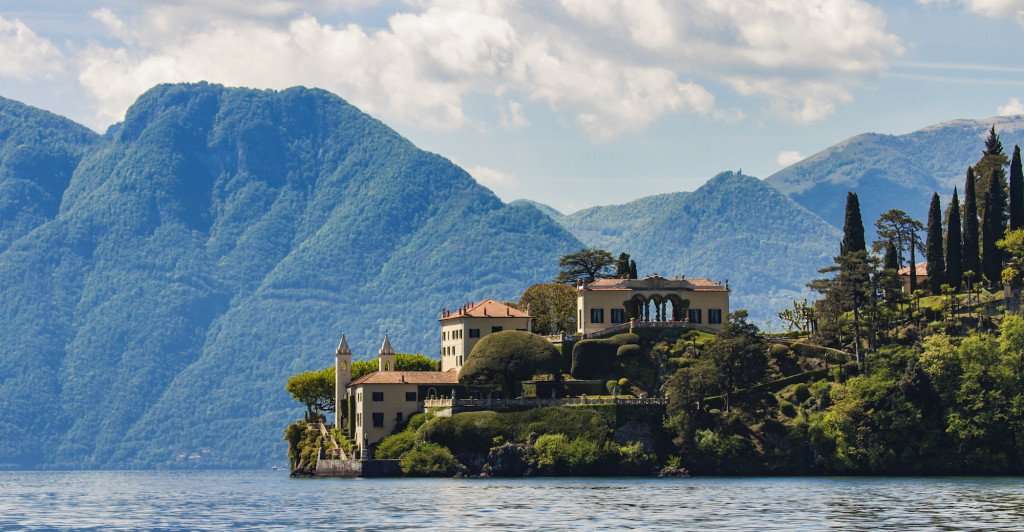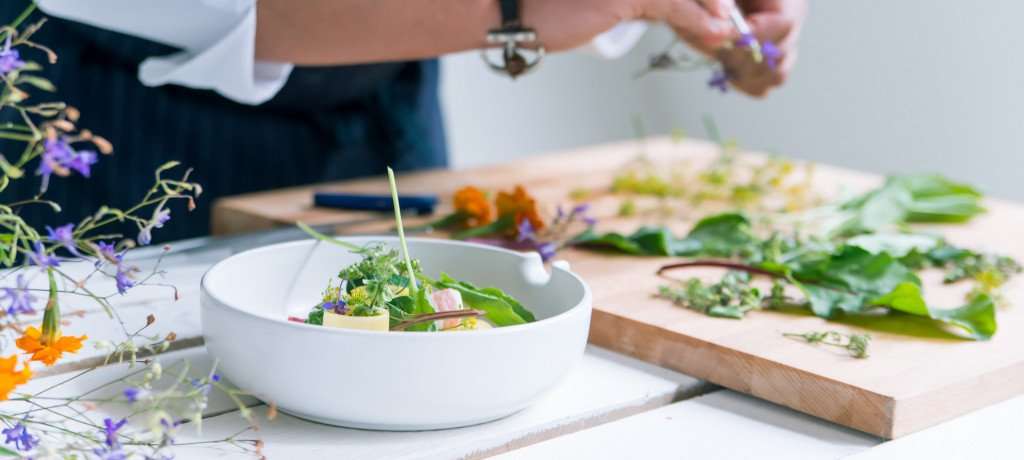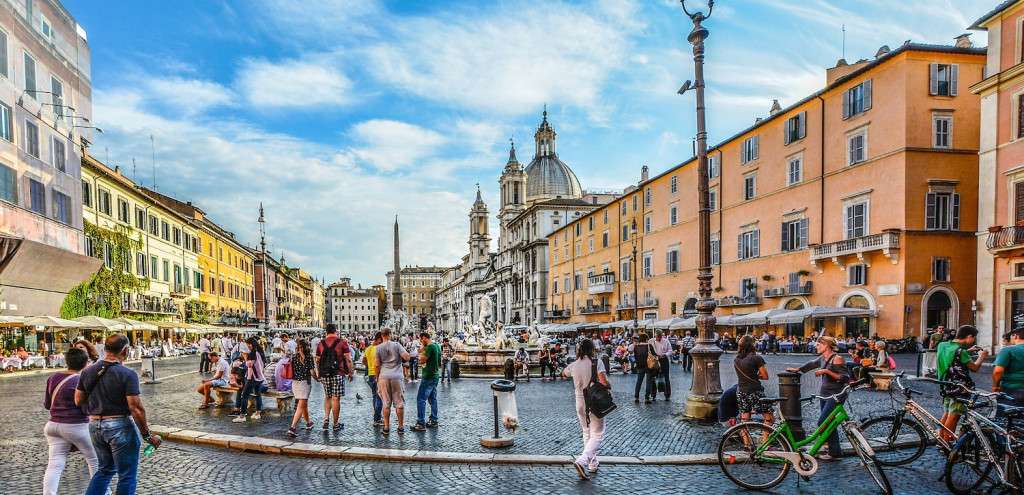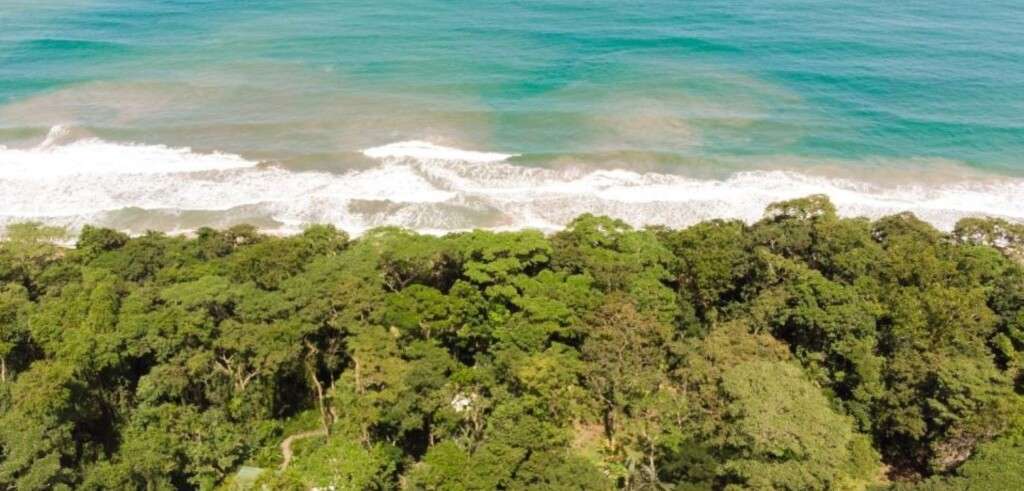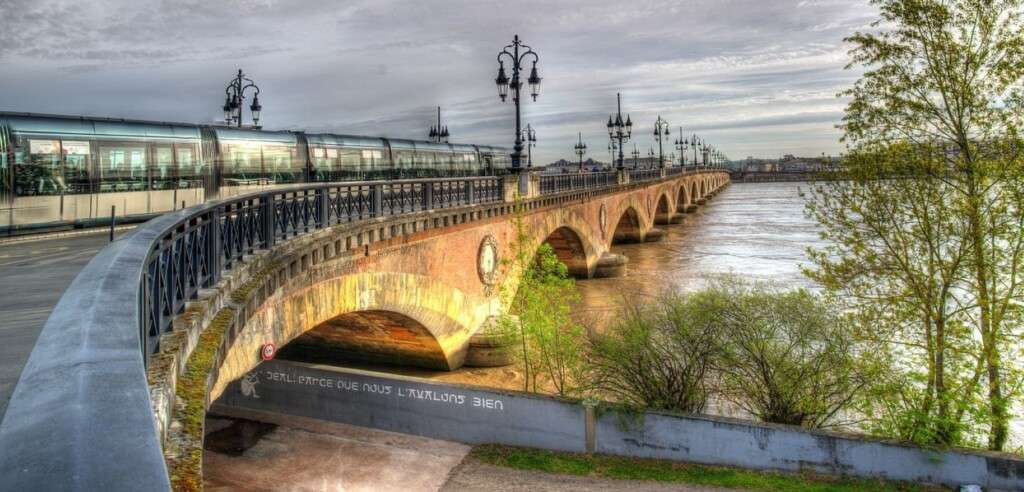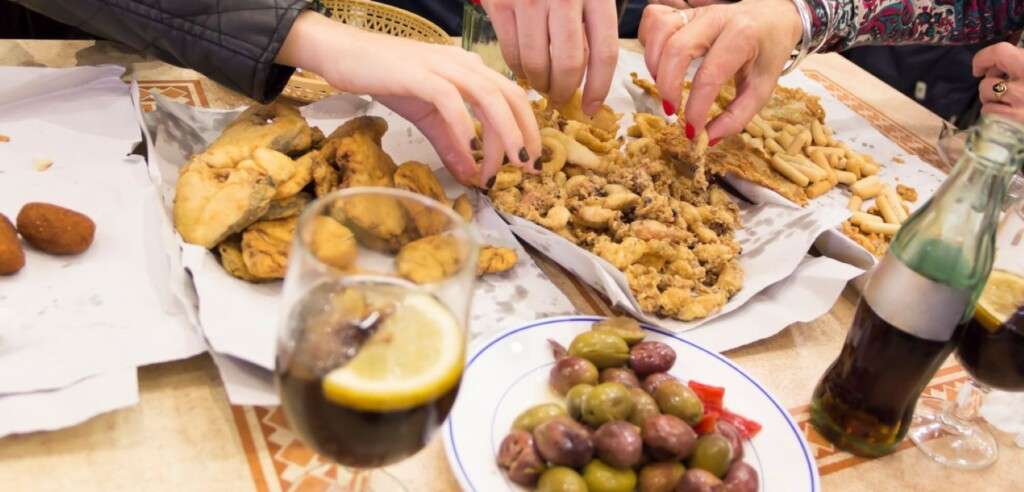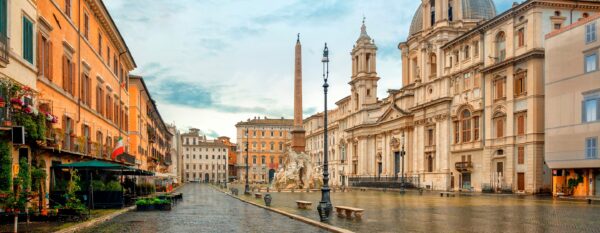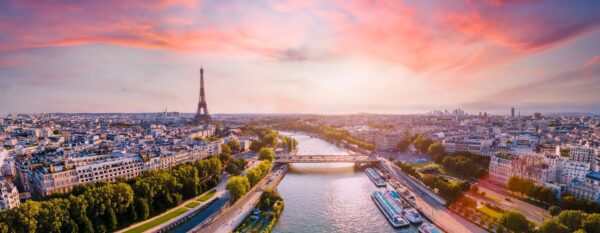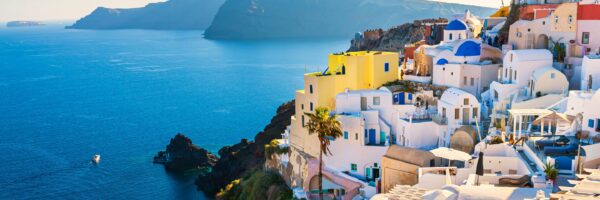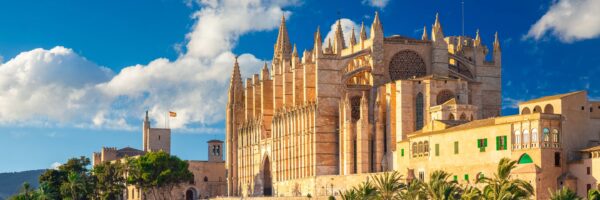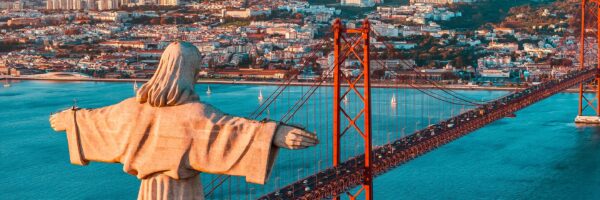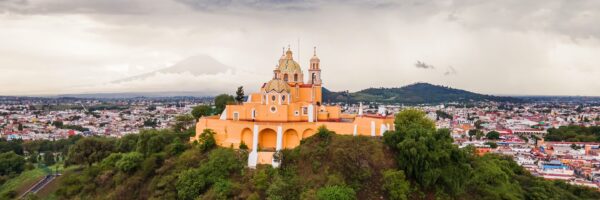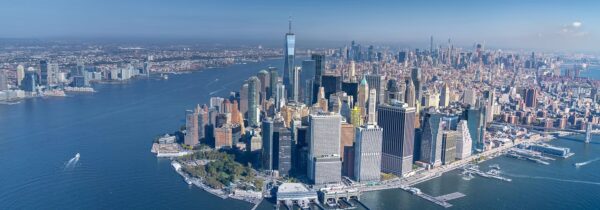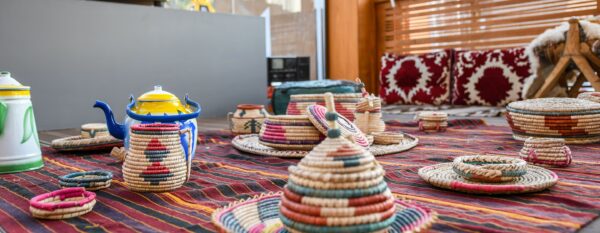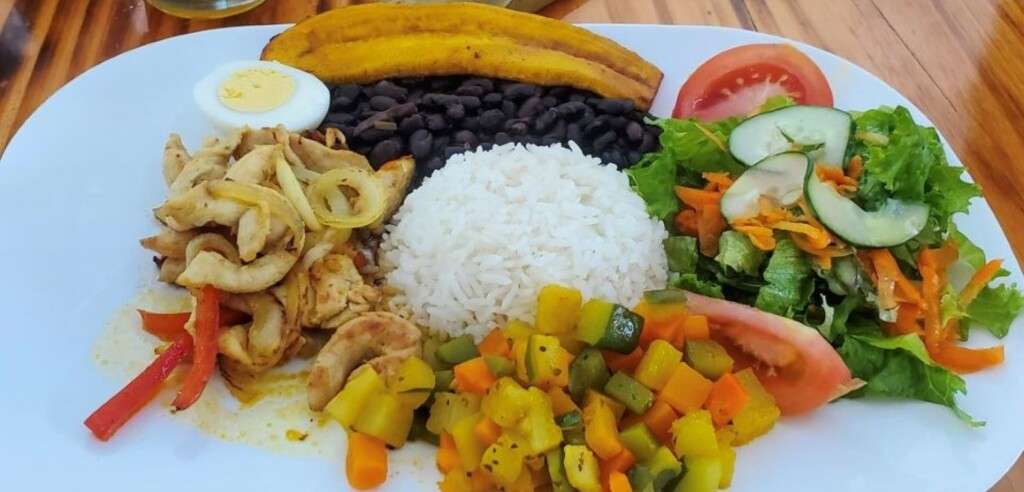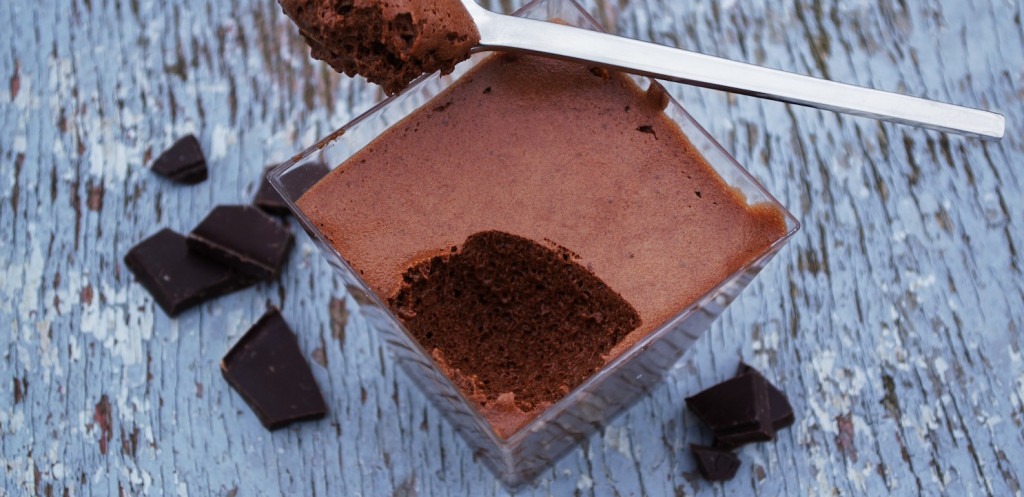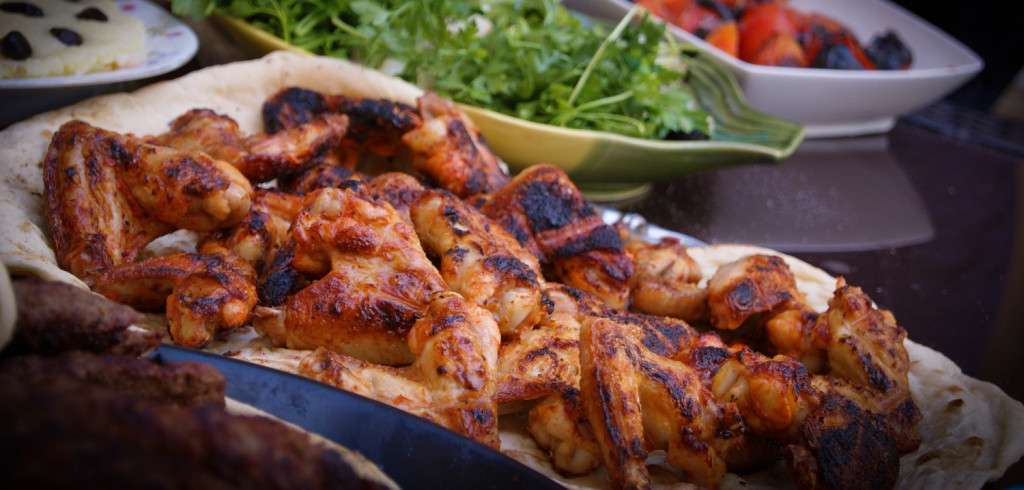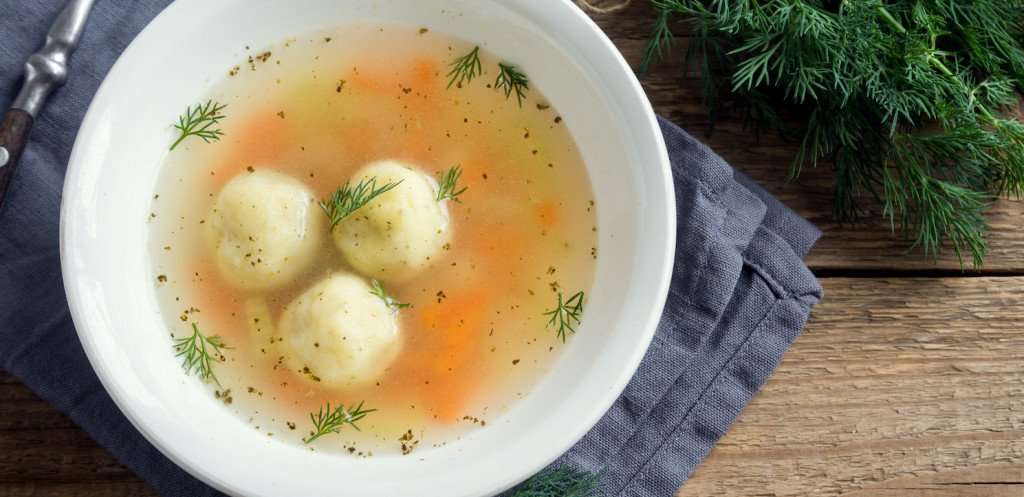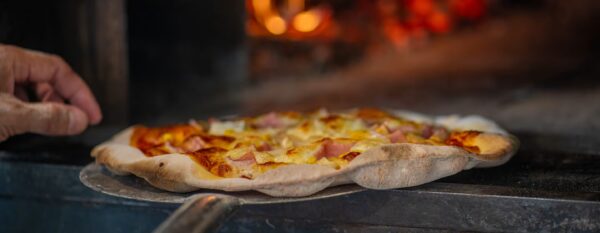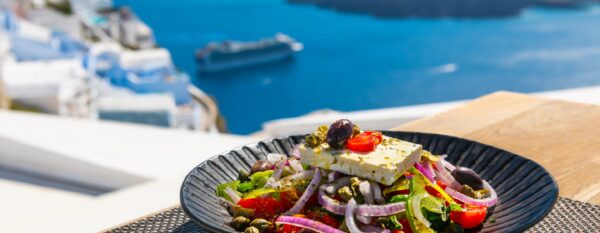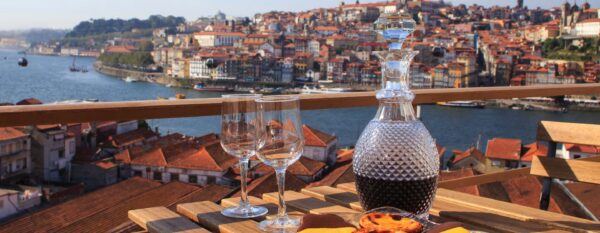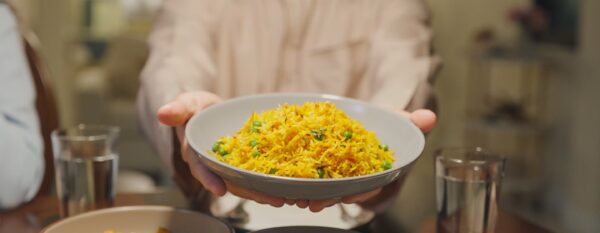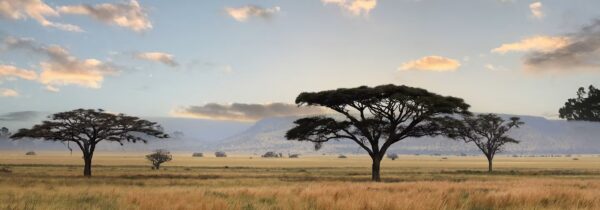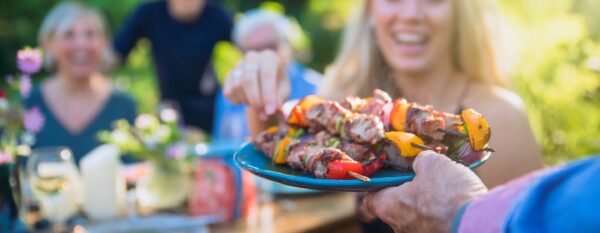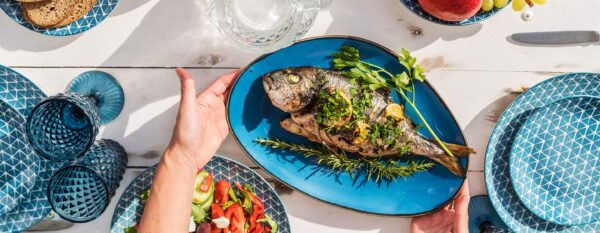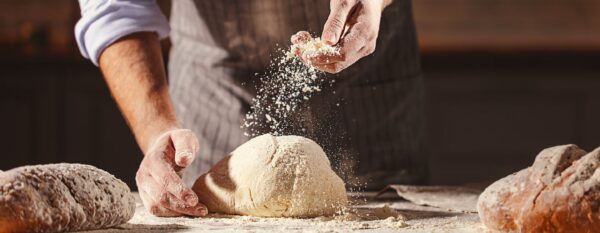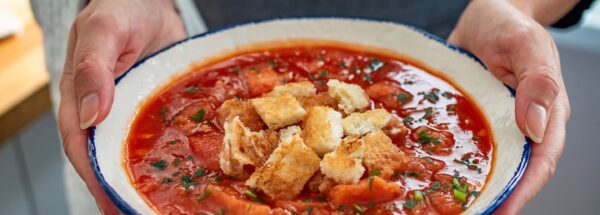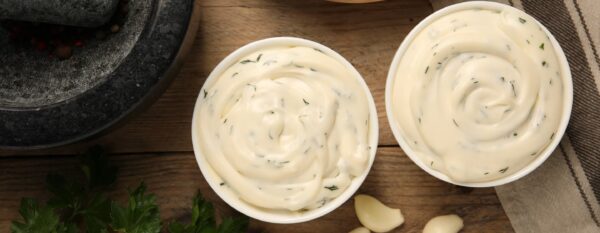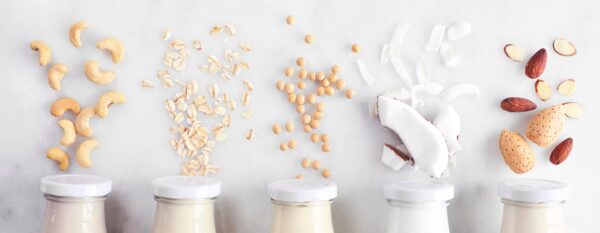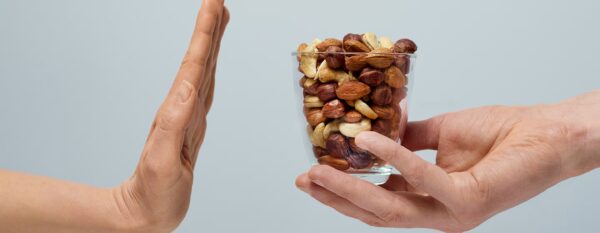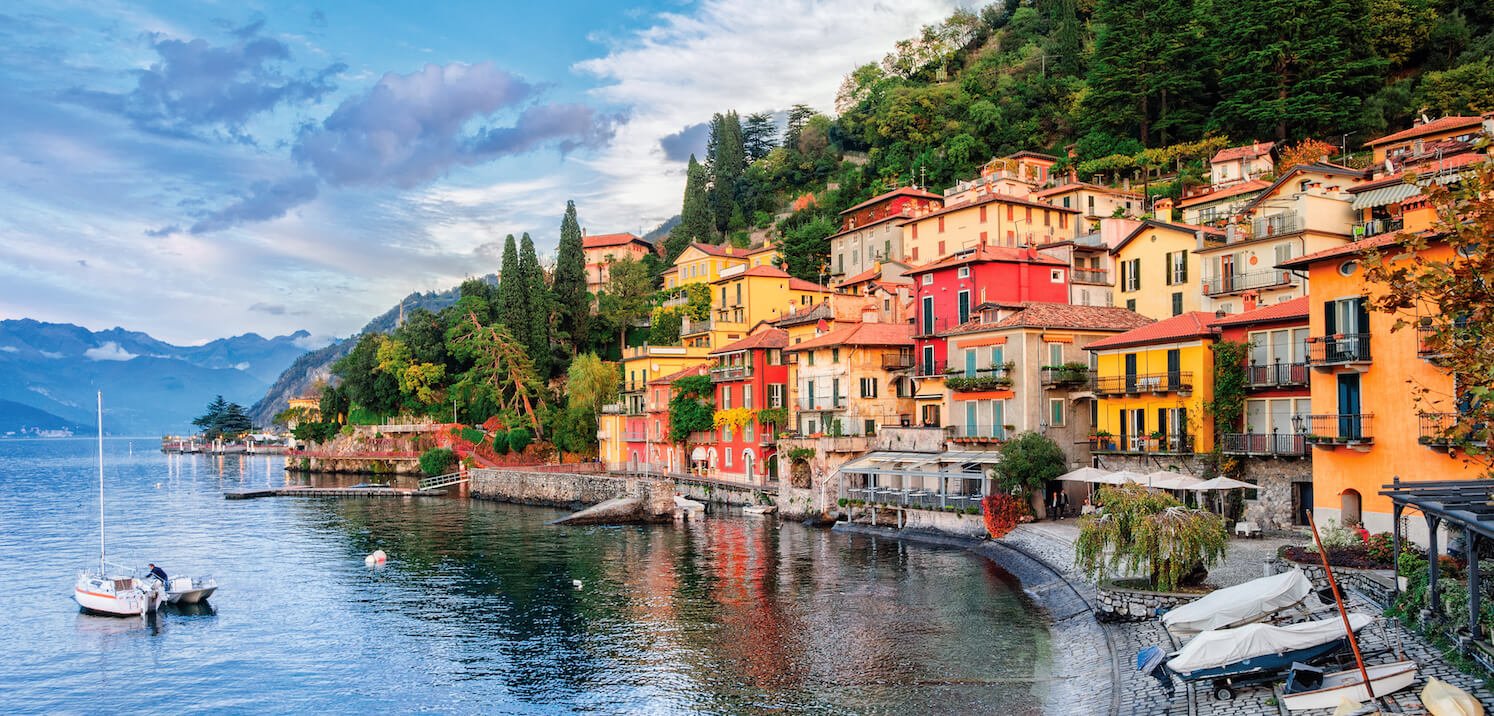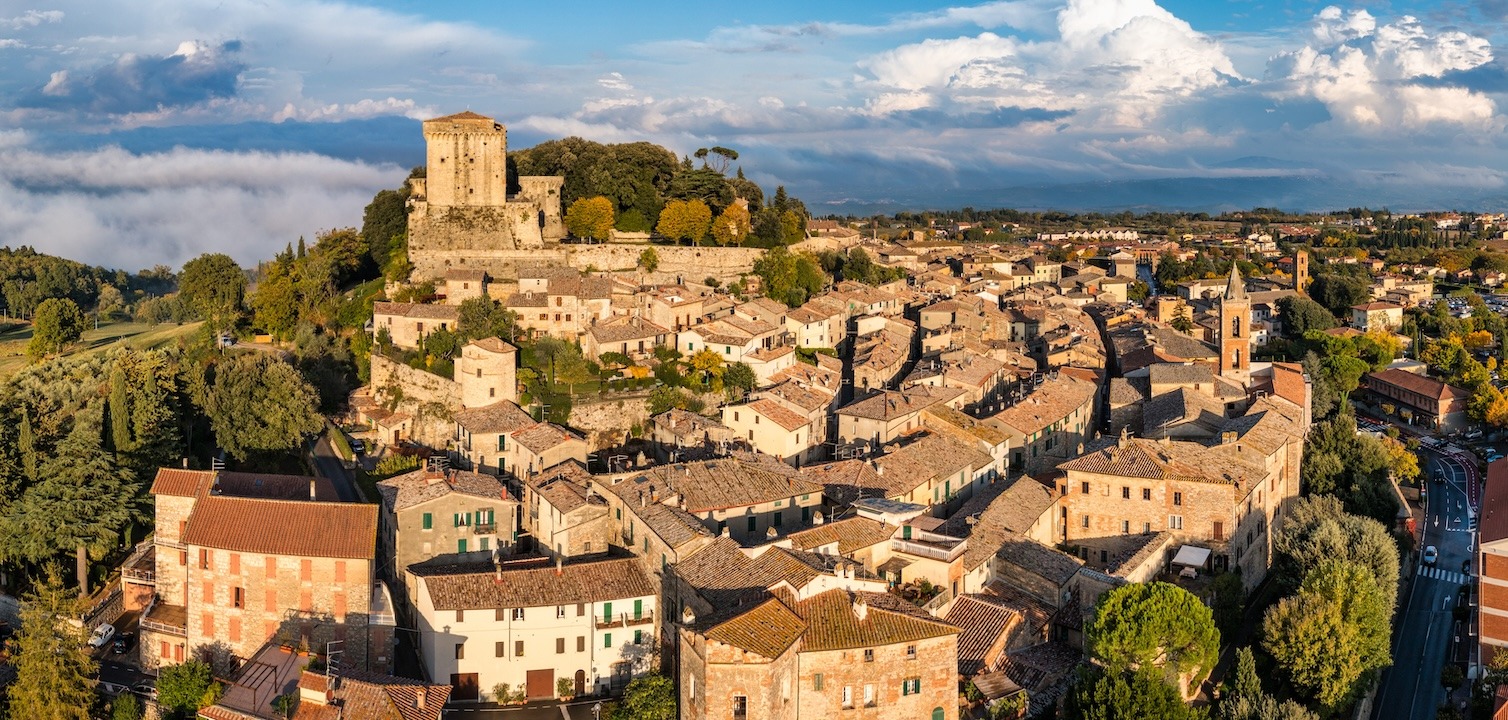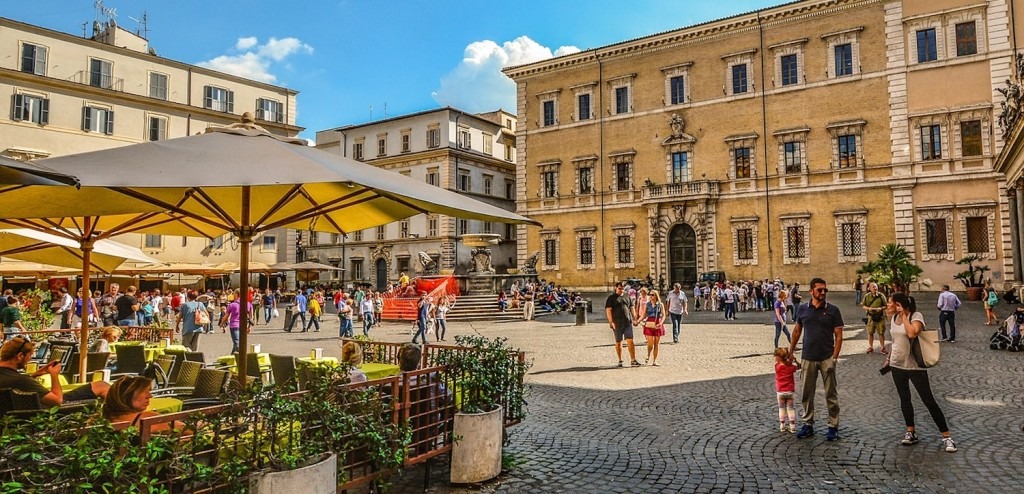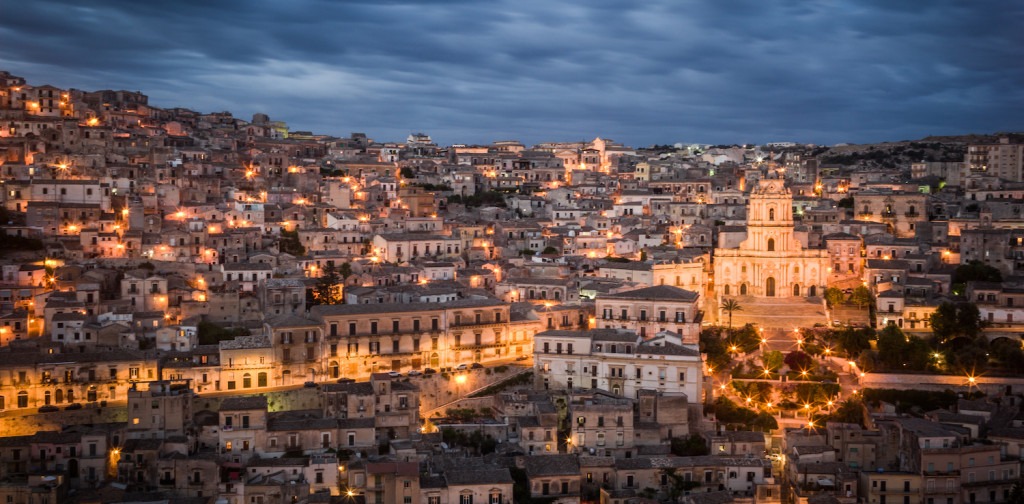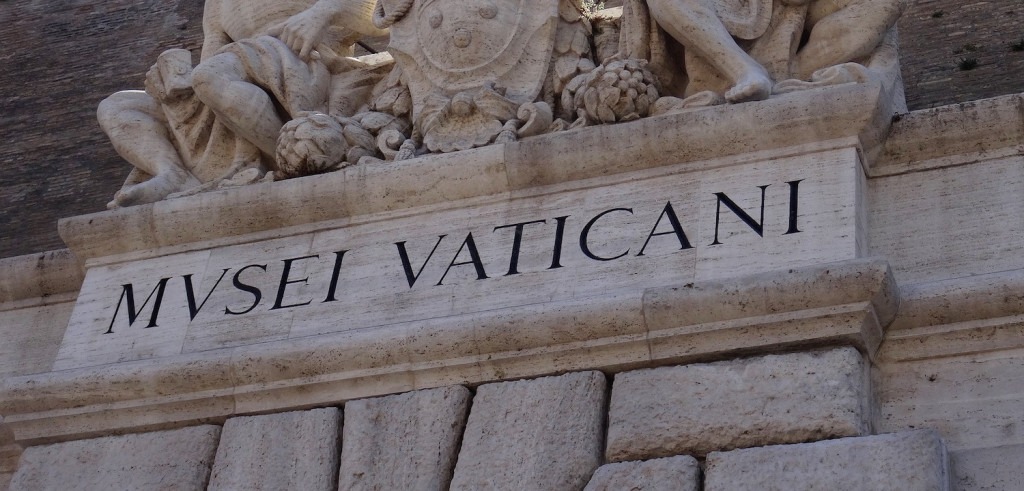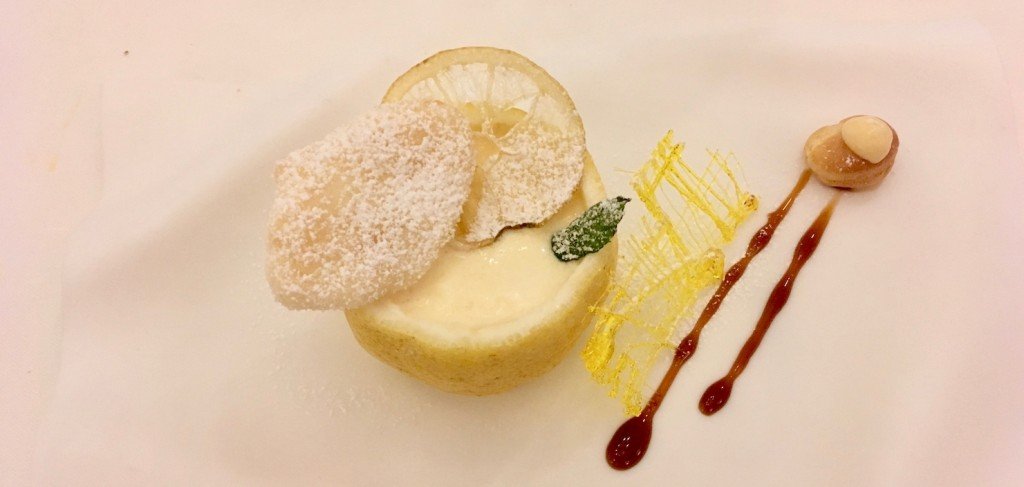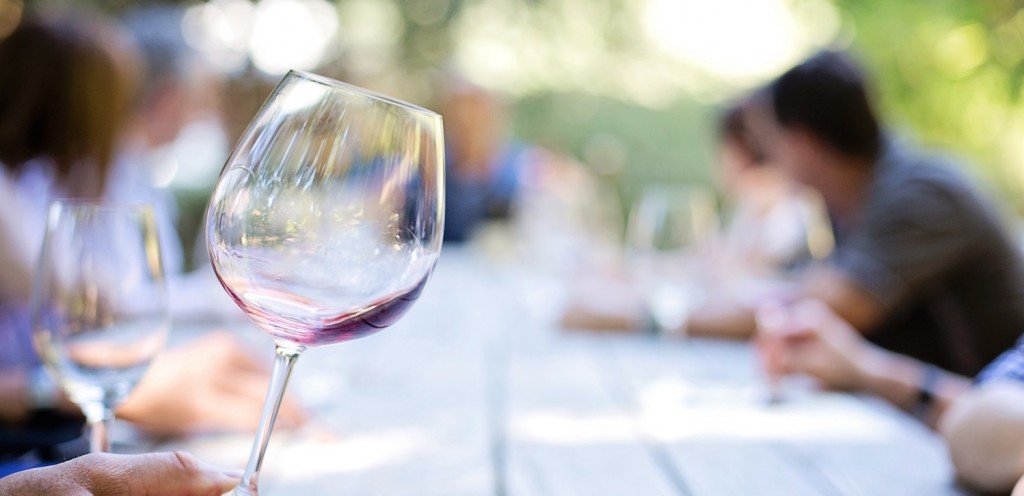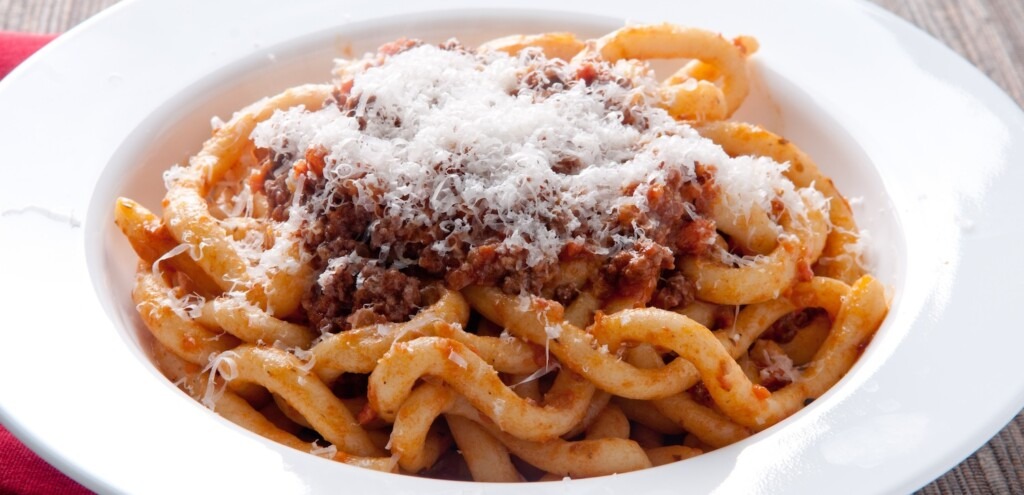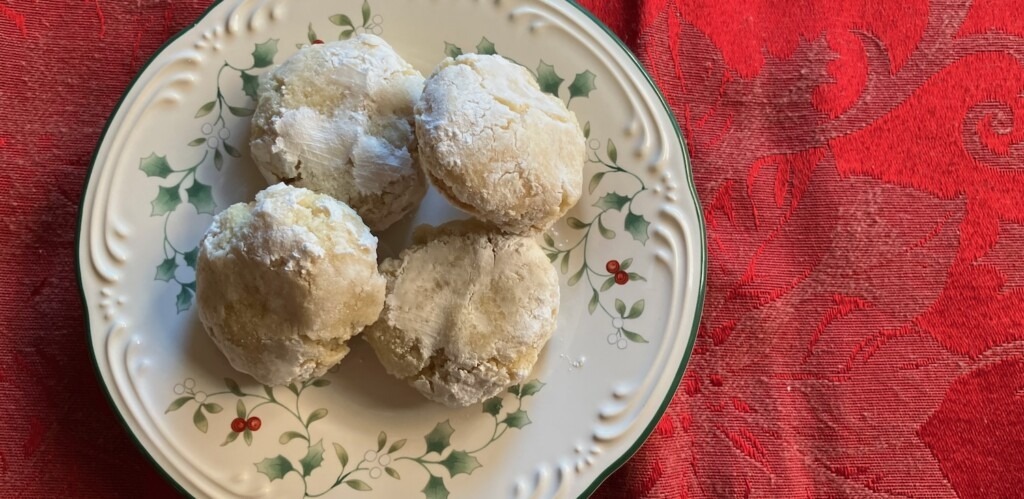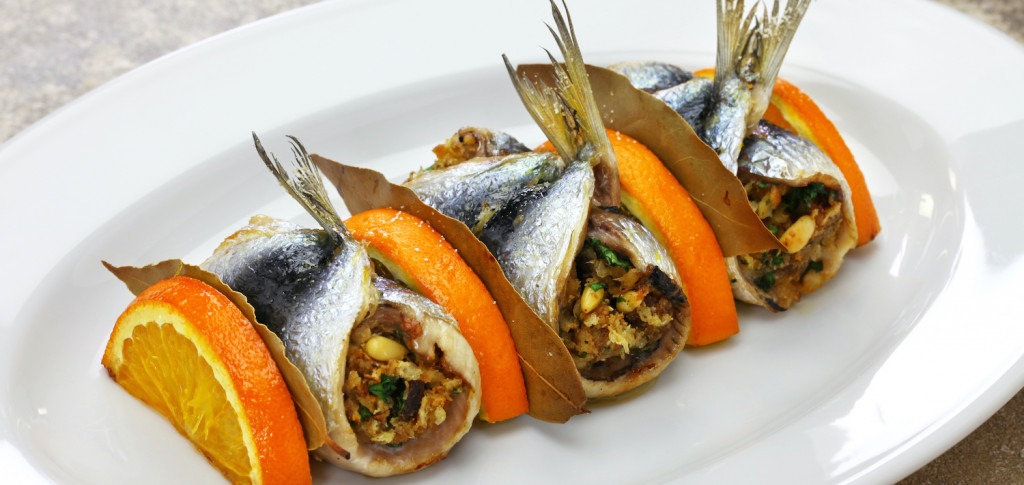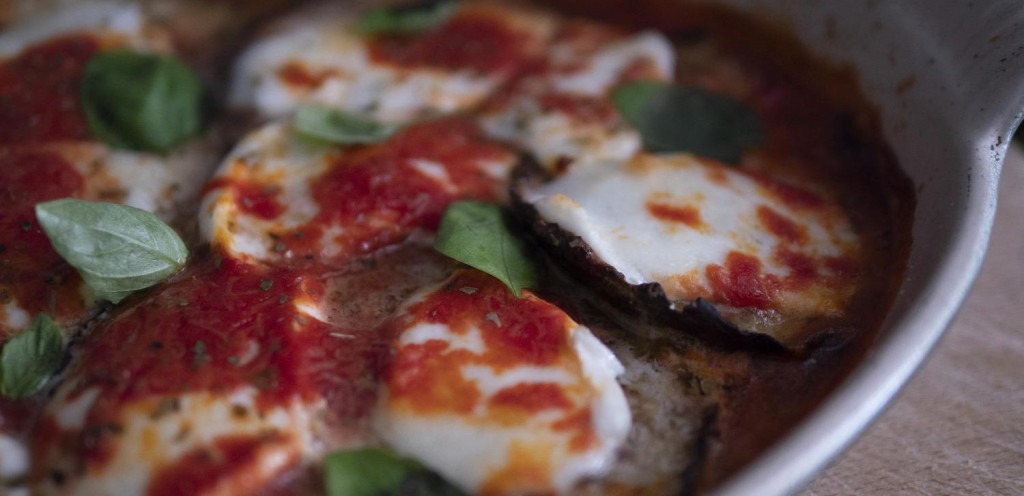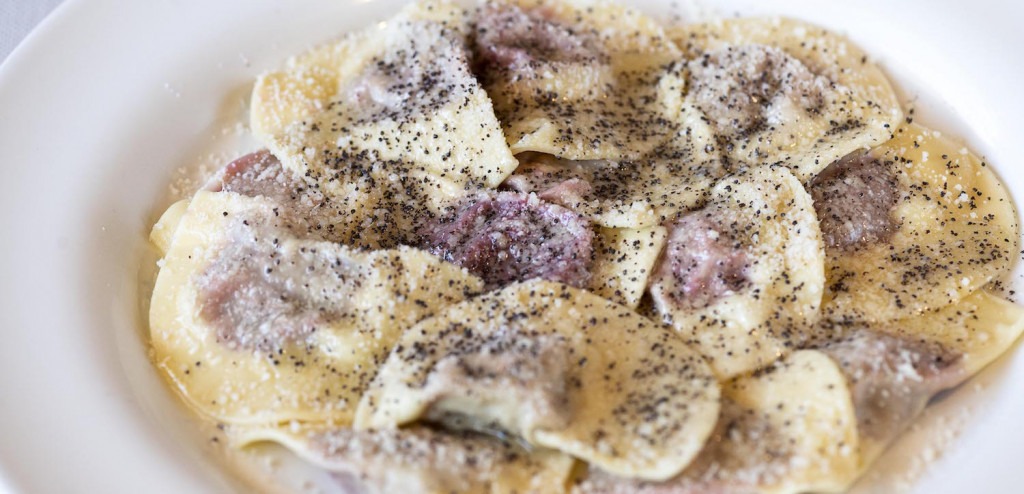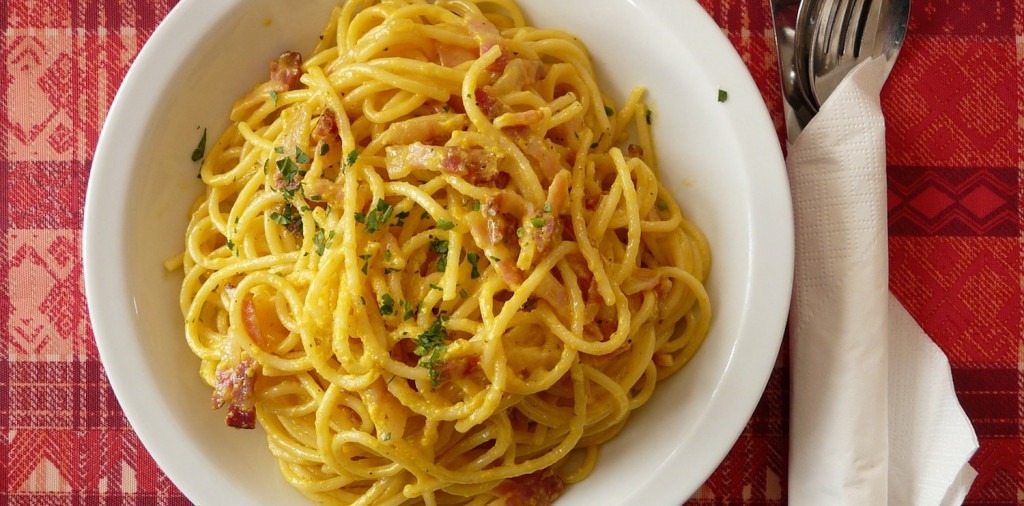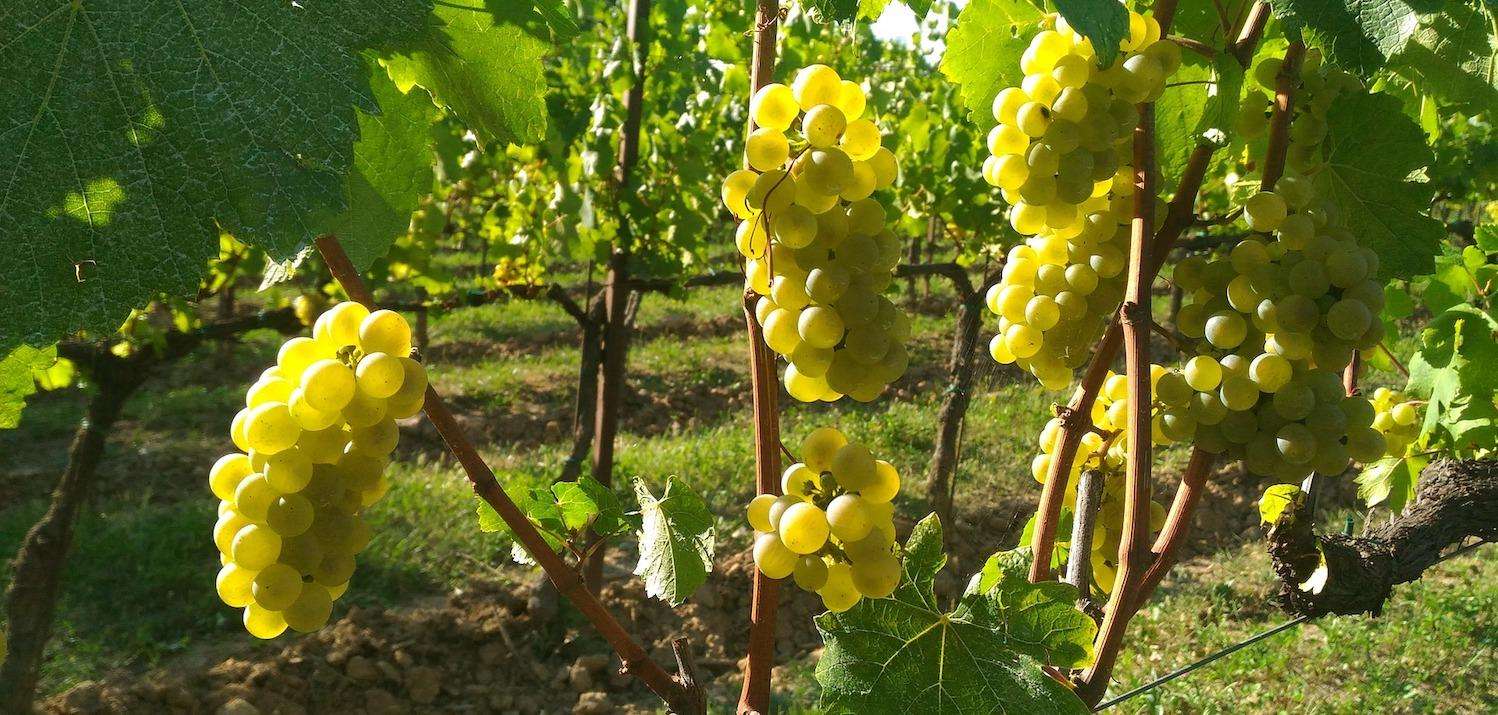
- The International Kitchen
- Blog
- Food & Wine Tours of Italy – Lombardy Sparkling Wines
Food & Wine Tours of Italy – Lombardy Sparkling Wines
-
-
What could be better during an Italian cooking vacation than a visit to a winery on our Italy wines tours to taste world-class sparkling wine? In Lombardy, a discussion of sparklers means Franciacorta, the region south of Lake Iseo in the province of Brescia (east of Milan, in the dead center of Lombardy).
Although, like most of Italy, a wine-growing area of long standing, Franciacorta broke into the sparkling wine business only recently, from the 1970’s on, and is now considered second only to Champagne for the quality of wines it produces. Indeed, the grape varieties and processes by which the Franciacorta sparklers are made are nearly identical to their more famous French cousins, as are the classifications included on the labels (Brut, Extra Brut, Sec, Demi-Sec, etc.).
 The Franciacorta sparklers you can taste on our Italy wine tours are made mostly from chardonnay and pinot noir grapes (with some pinot bianco) in large, sleek, modern wineries. The Lombardy region is at the center of Italian business, industry, and entrepreneurialism, and no where is this more evident than in the way the Lombards broke onto the sparkling wine scene in the latter part of the 20th century. And yet, at the heart of any wine are the grapes, and Lombardy also boasts the Padana plain, fed by the Po River and its tributaries, which translates gastronomically into rice fields (and rice dishes such as the famous risotto alla milanese) and pastureland. The abundance of pastureland makes Lombardy one of the best cheese-producing regions in Italy: I need only mention taleggio, robiola, gorgonzola, and grana padano to make my point. I have eaten a lot of cheese in my travels, but the best cheese plate I have ever had was in the small town of Erbusco, near the great Bellavista winery owned by the construction giant Vittorio Moretti.
The Franciacorta sparklers you can taste on our Italy wine tours are made mostly from chardonnay and pinot noir grapes (with some pinot bianco) in large, sleek, modern wineries. The Lombardy region is at the center of Italian business, industry, and entrepreneurialism, and no where is this more evident than in the way the Lombards broke onto the sparkling wine scene in the latter part of the 20th century. And yet, at the heart of any wine are the grapes, and Lombardy also boasts the Padana plain, fed by the Po River and its tributaries, which translates gastronomically into rice fields (and rice dishes such as the famous risotto alla milanese) and pastureland. The abundance of pastureland makes Lombardy one of the best cheese-producing regions in Italy: I need only mention taleggio, robiola, gorgonzola, and grana padano to make my point. I have eaten a lot of cheese in my travels, but the best cheese plate I have ever had was in the small town of Erbusco, near the great Bellavista winery owned by the construction giant Vittorio Moretti.
Lombardy Wine Tours
I have heard that the proximity to Lake Iseo makes the climate slightly more temperate than in other parts of Lombardy, and that this slows the maturation of the grapes and leads to Franciacorta’s superior sparklers. Whatever the reason, the world now recognizes that they are among the best in the world, as you can discover on a wine tour of Italy. In 1995 the Franciacorta DOCG was redefined as only the sparkling wines, while the still reds and whites produced in the area came to be known first under the DOC Terre di Franciacorta, and more recently as Curtefranca (to eliminate confusion with the Franciacorta DOCG).
 The area produces mostly white sparklers, but the rosé are amazing (and must include a minimum 15% pinot noir). Like Chamapagne, Franciacorta also produces crémant varieties (called Satèn in Lombardy), which are more bubbly than a frizzante wine, but less so than other sparklers. Also noteworthy on our Italy wines tours are the Pas Dosé or Pas Operé, those that receive no “dosage” of wine and sugar syrup added to most sparkling wines to tame the acidity. These are the driest of the Franciacorta sparklers.
The area produces mostly white sparklers, but the rosé are amazing (and must include a minimum 15% pinot noir). Like Chamapagne, Franciacorta also produces crémant varieties (called Satèn in Lombardy), which are more bubbly than a frizzante wine, but less so than other sparklers. Also noteworthy on our Italy wines tours are the Pas Dosé or Pas Operé, those that receive no “dosage” of wine and sugar syrup added to most sparkling wines to tame the acidity. These are the driest of the Franciacorta sparklers.
Franciacorta wines, like Champagne, make an excellent apperitivo, but they also pair well with some foods, especially such Lombardy specialities as risotto and polenta, which you can taste (and cook!) on our Italy culinary tours.
Pair a regional recipe for Taroz with Casera cheese with a northern Italian sparkler!
Not all wine produced in Lombardy is Franciacorta, of course. There are aromatic whites from the Lake Garda region, such as those experienced during our cooking class on Lake Garda, powerful Valtellina Valley nebbiolos like those tasted during Cooking in the Valtellina Valley, and many wines from the Oltrepò Pavese (including its own brand of sparklers). But for a true treat, the next time you are on one of our Italy wine tours, give Lombardy a try, and make some time for Franciacorta sparklers. You will not be disappointed.
Sign up to Receive Our Newsletter
As well as travel tips, promotions, and information on our best cooking vacations.
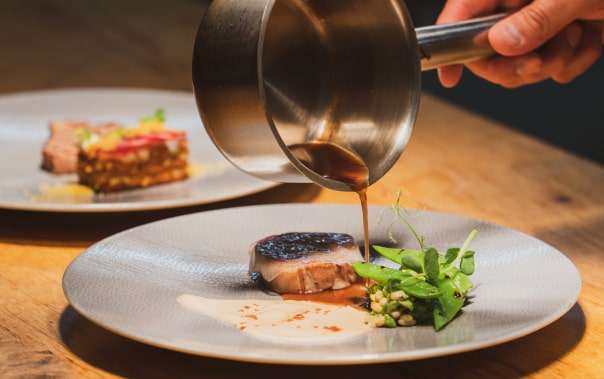
blog
Related Blog Posts
recipes

